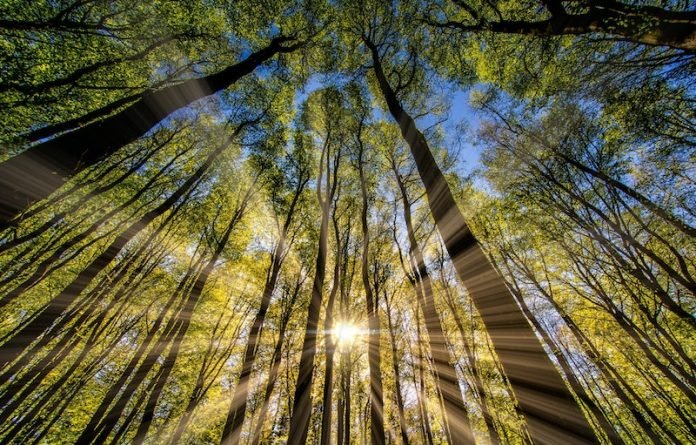
In a new study, researchers found evidence that the spread of COVID-19 is sensitive to UV exposure.
While this suggests that COVID-19 may vary with the seasons, there are other seasonal factors—such as temperature, specific humidity and precipitation—whose effects are uncertain given the available data.
The researchers also found related species of coronavirus—like SARS from 2003 and MERS from 2012— have weak relationships with temperature and humidity, but were sensitive to UV radiation.
The research was conducted by a team at UC Santa Barbara.
In the study, the team sought to explore the link between UV radiation and the spread of COVID-19 by constructing a high-resolution global dataset of daily COVID-19 cases.
They focused on whether daily fluctuations in environmental conditions experienced by a population affect new COVID-19 cases up to two weeks later.
The researchers found evidence that a location’s UV exposure significantly affects COVID-19 transmission.
A change in UV exposure by 1 standard deviation (roughly equal to the difference in UV between May and June in Los Angeles) reduced the growth rate of new cases by around 1 percentage point over the following two weeks.
That could bring down COVID-19 growth rates from an average daily increase at the beginning of the epidemic of 13% to a 12% increase per day.
Based on the expected seasonal changes in UV radiation, the model predicted growth rates would increase by 7.3 percentage points for southern temperate locations between January and June.
Meanwhile, northern temperate regions would see a UV-driven decrease of 7.4 percentage points during that same period, as longer days increased UV exposure.
This pattern switches as the seasons flip. By December, the researchers predicted COVID-19 growth rates could decrease by 7.7 percentage points in southern temperate regions, compared with July numbers, while cooler northern areas could see a jump of 7.8 percentage points over this period.
Importantly, the seasonal influence of UV on the transmission of the disease is small relative to that of social distancing policies such as travel bans, school closures, or home isolation, the team says.
Regardless of the weather, social distancing measures appear to be necessary to substantially slow the spread.
These findings are consistent with concerns about the surge of COVID-19 infections currently being experienced in the U.S. with the arrival of winter.
One author of the study is Kyle Meng, an environmental economist.
The study is published in the Proceedings of the National Academy of Sciences.
Copyright © 2020 Knowridge Science Report. All rights reserved.



